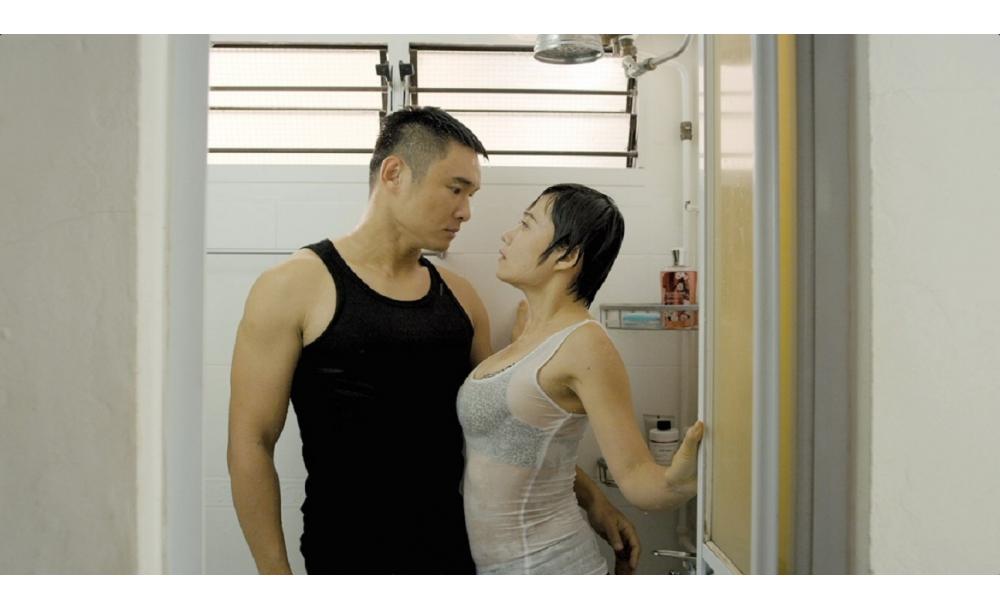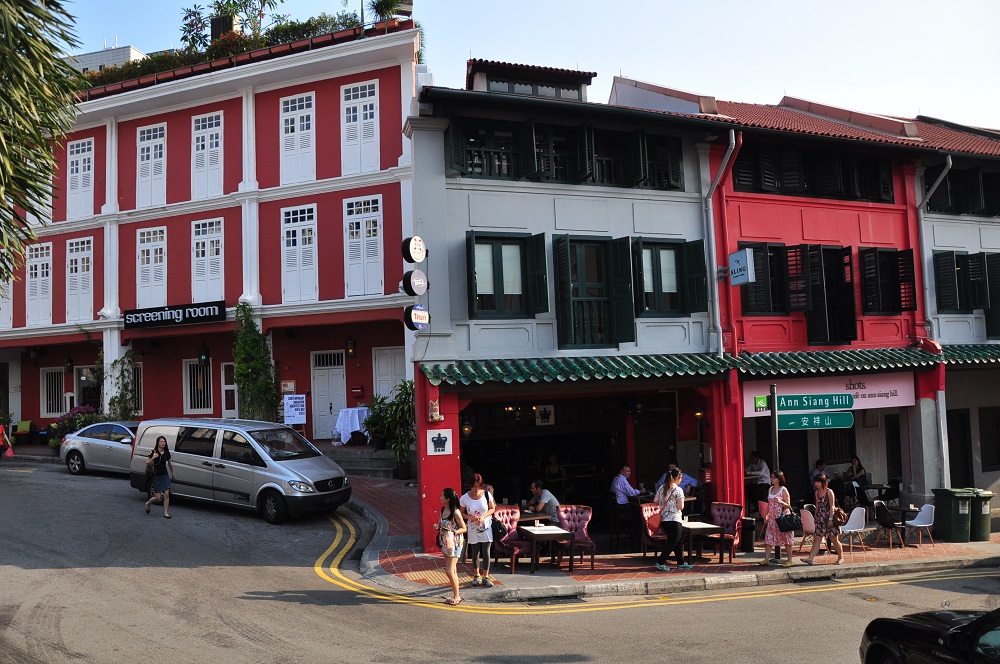Drive along Clementi Road and you’ll come across an 85-hectare patch of forest, a green lung that sits between Bukit Timah and Clementi residential areas.
Take a walk there in the early hours of the day, and you’ll see lush green vegetation and towering trees emerge from a dreamlike landscape, bathed in soft morning light and shrouded in mist draped across the forest like translucent sheets of delicate silk.
All is quiet, except for the gentle trickling of freshwater streams, the sounds of two channels that run through the forest, and the cries of its wild inhabitants.
The Clementi Forest is a spectacular ecological paradise right in our backyard.
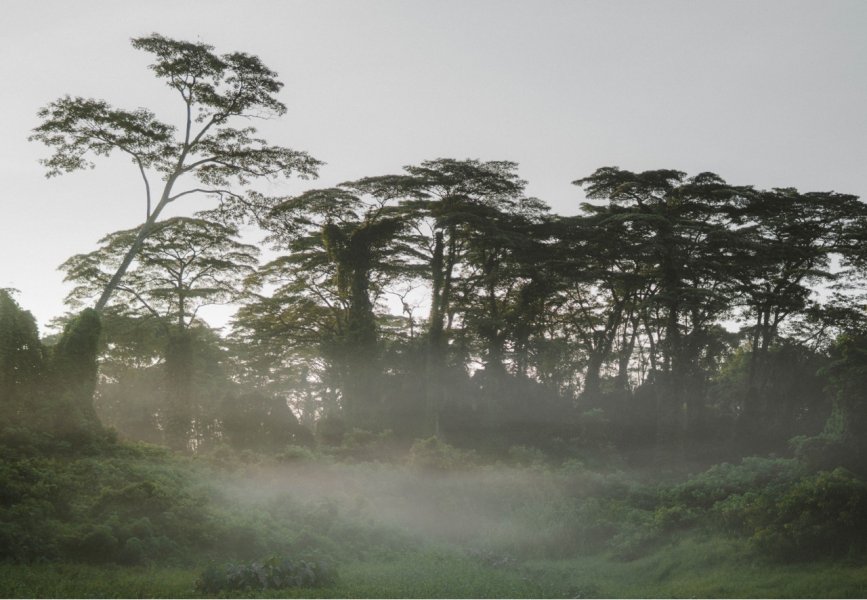
An epic walk
“It was just one of those places you pass by so often that you almost forget it’s even there.”
22-year-old Louisa May Fung lives near the Clementi Forest yet never thought much about it.
“I’ve always found this forest to be pretty scary, to be honest! It seemed so dark and mysterious,” she says.
It was only after she saw Brice Li’s gorgeous drone shots of the forest (see them on his Facebook and Instagram pages) that the final-year student at Nanyang Technological University realised she had this stunning landscape practically at her doorstep.
It was especially poignant, since she is pursuing a bachelor’s degree in Environmental Earth Systems Science, specialising in Ecology.
So in Nov 2020, Louisa and her friends ventured into the Clementi Forest.

Below, she shares her experience of trekking through the forest for the first time, argues why it should be conserved, and shares important tips if you want to make the same trip. And despite being an amatuer photographer, she was able to capture its magic and quiet beauty.
Where did you start the walk? Did you follow a trail?
We started from the bus stop opposite Ngee Ann Poly along Clementi Road. We followed a trail along the freshwater stream that you’ll easily be able to see from the sidewalk at the bus stop.
It wasn’t a paved route made of concrete or wood; just natural muddy earth that had been worn out by previous hikers. I was surprised by how well-worn the path was actually!
We simply followed the worn-out path all the way till we reached the Green Corridor. We walked along the Green Corridor for a while before entering the forest again further down, but I’m sure there are plenty of other paths you can take.
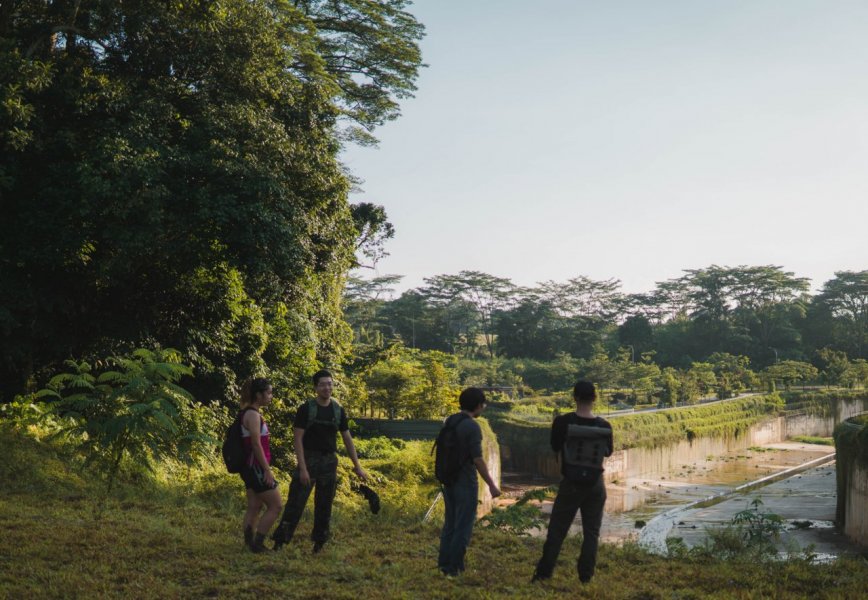
Tell us what the walk was like for you.
The walk was special to me because I’d never explored a forest like this before. And by “forest like this”, I mean an untouched, natural land—no signboards, no concrete paths, no trace of humans except for the path that they’ve worn out, and I love that!
In a city where everything is always so manicured and whitewashed (even most of our green spaces), this was really something else.
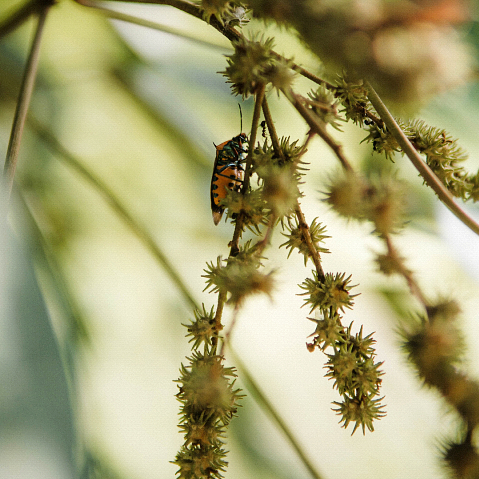
What stood out for you personally? Was there a favourite moment/spot there?
My favourite parts of the walk were the natural freshwater stream, the golden morning light and that magical fog.
Another bit I loved was the part further down the trail, nearer to the Green Corridor, where the albizia trees get so tall—that was an amazing sight.
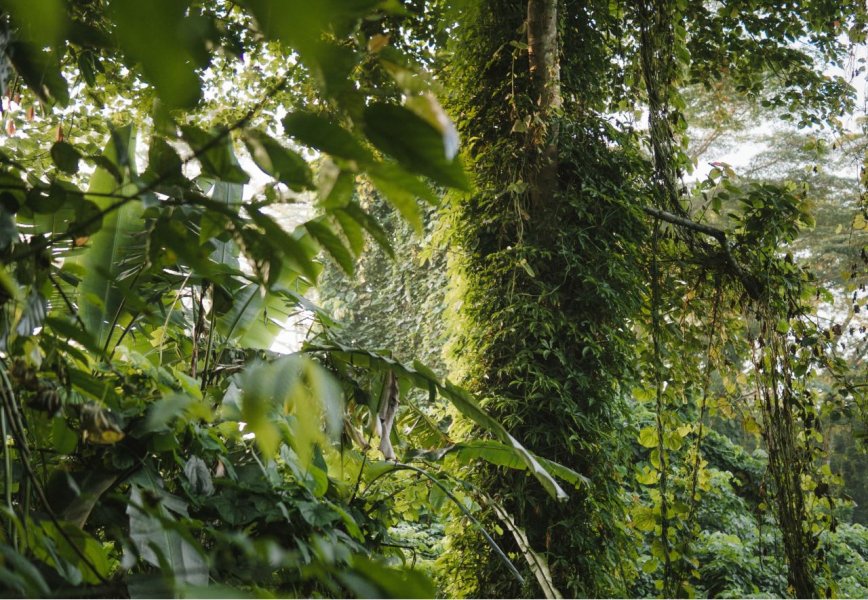
What are your thoughts about this forest and other natural spaces potentially making way for urban redevelopment?
I actually did a report for a conservation biology class this semester where I wrote about Clementi Forest and why it should be conserved. Some of the reasons I brought up include the ability of forests to benefit us by cooling our environment and combating the urban heat effect, but also to serve as habitats and corridors for our native wildlife.
While urban development is a mark of a nation’s economic growth, we must consider the value of our natural habitats and its associated wildlife.
I don’t demand for all our natural habitats to be conserved without question, but I believe that there is room for more discussion, research and awareness of the importance of our natural green spaces.
This way, we can explore more viable and compelling solutions to work with rather than against urban development, without compromising Singapore’s material and social viability.
While the conservation of a forest may appear to have a much less tangible value, compared to the economic value of a commercial or housing development, the ecological and societal role of a forest cannot be downplayed.
I also believe that our society’s perception of nature spaces are evolving as we grow to appreciate and yearn for more experiences with nature. That’s something that developers must consider when planning for Singapore’s future.
The thing is, these urban development master plans are drafted in the context of society in that era—but what a society values and needs is always changing.
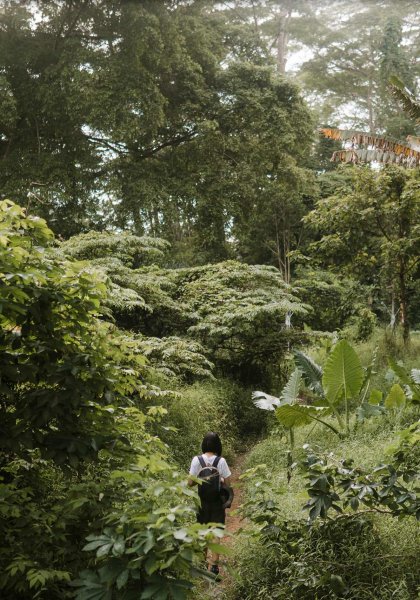
What are other locations that you feel should be conserved?
I live near an unprotected forest patch just south of Bukit Batok Nature Park, flanked by Bukit Batok Street 25, Bukit Batok East Avenue 6, and private housing estates. I have yet to explore it, but from what I’ve seen from the sidewalk, it looks like a substantial plot of forest with dense vegetation and tall trees, so there’s a good chance that it could be home to a considerable amount of wildlife.
While the specific land use for this site has not yet been determined (according to the URA Master Plan 2019), I think there is potential for this land to be of conservation value, so I’ll definitely be checking this one out sometime. Can’t say no to a good adventure!
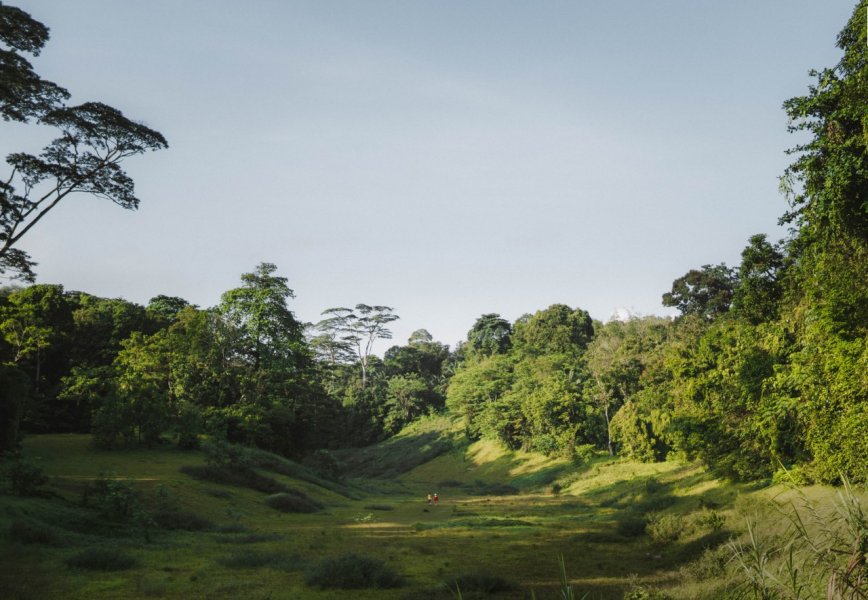
What advice would you give to someone interested in exploring, not just this place, but other natural spaces in Singapore?
I love that Clementi Forest is getting all this attention and I hope that everyone gets the chance to explore this natural beauty for themselves.
However, while promoting awareness of this forest, we must also protect its ecological role as a habitat and corridor for wildlife.
To do that, we must minimise our disturbance to wildlife. As they always say: leave nothing but footprints, take nothing but photographs.
Always remember that when you visit such areas, you’re treading into the homes of animals and plants alike—be respectful to your hosts.
Disrupting the wildlife will alter the complex ecosystem balance, and may likely lower the conservation value of a natural habitat.
So let’s be conscious visitors and take care of our natural spaces.
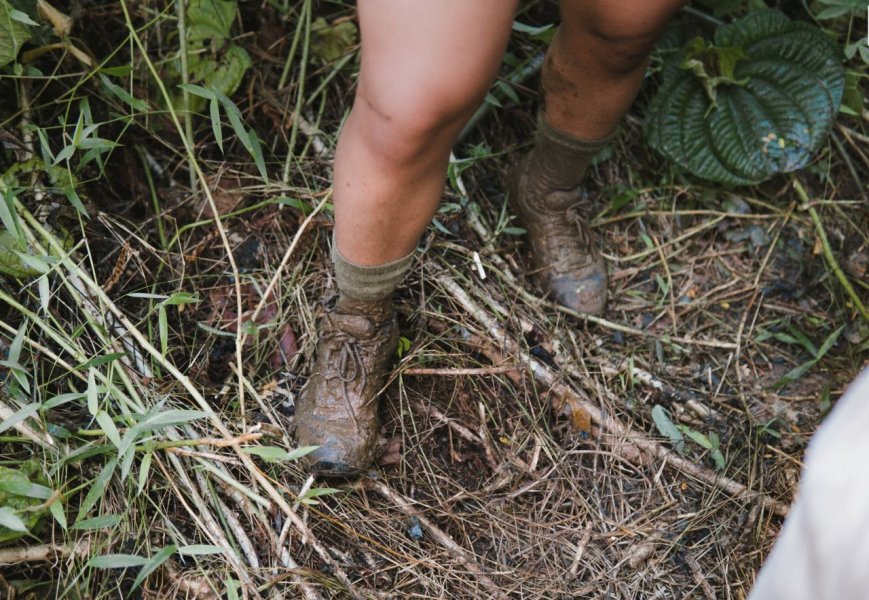
Please give some tips for exploring the forest.
– Start early (we did, at 7am) and if you’re lucky, you’ll get to see the mist and morning glow. It’s quite the sight, so don’t miss it!
– Wear good hiking shoes. Some parts are slippery and steep.
– Be prepared to get muddy. There’s a point where you might have to cross a muddy stream that could potentially leave you knee-deep in mud.
– Wear long pants. The vegetation by the paths can get quite overgrown so you’re going to want to protect your legs from any irritation.
– There’s a path that has already been worn out by past hikers so use that. Avoid clearing vegetation to make your own path.
– Don’t disturb the wildlife.
Protect the natural landscape
Sure, the Clementi Forest does not have the pretty landscaped lawns of Gardens By The Bay, or the carefully curated walking trails of nature reserves, but that’s the whole point.
According to the Nature Society (Singapore), it is “one of the most important woodlands along the Rail Corridor” due to the diverse wildlife and varied vegetation found there.
The pictures here say it all.
And yet, the Urban Redevelopment Authority (URA) has designated the area for residential development, according to its 2019 Master Plan. While URA has since mentioned there are no immediate plans for residential development, the Clementi Forest remains unprotected and there is no guarantee that it will remain intact in the future.
Discover more photos by Louisa here, along with maps and directions should you want to explore the forest. You can also read the article “All Will Come Again Into Its Strength” by Leonard Yip who was part of the same group. He recounts the walk from his perspective. There is a petition to protect this forest from future development.
All photos courtesy of Louisa May Fung.




